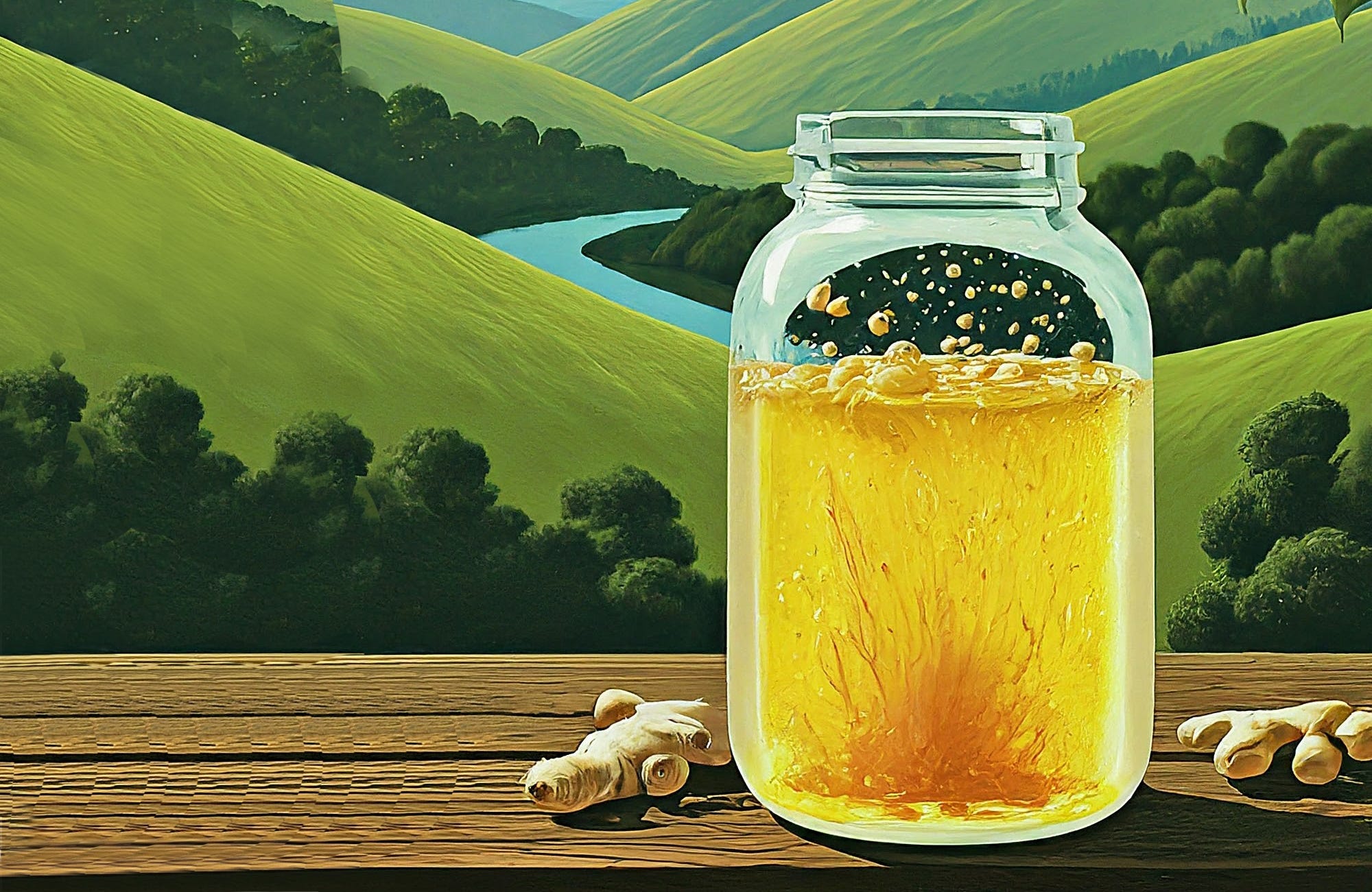Slow Drinking
Danny Childs and a reimagining of how we think about making cocktails.
The last few times I have sat down at a bar to have a cocktail, I have felt as if I’m in the middle of a branding experiment. Small batch gin from the Bolivian Andes. Pre-bottled Darjeeling tea, hibiscus, sugar and strawberry juice concentrate as mixer. Mole bitters from San Francisco. Yuzu syrup from Portland. I can even get a sparkling mezcal margarita right in a can. Entire bar menus seem to be made up of pandemic side projects. These artisan products themselves are great, I buy them regularly, but a cocktail doesn’t have to be limited to just them, which is why I find myself being drawn more and more towards Danny Childs’ book, Slow Drinks.
More than just a book of cocktail recipes, Slow Drinks is a way of reimagining how a bar, even a home bar, can work. Rather than setting it up as a collection of different products with little or no connection to the place they are being consumed, the bar is thought of more like a kitchen. In the book the components that make up a cocktail are mostly farmed and foraged from the surrounding area – in Danny’s case that is New Jersey – then brewed, boiled or fermented. While the cocktail itself may take a few minutes to prepare and serve, the bartender’s hand in its creation can stretch back months, sometimes years. There’s a sense of time and place that is often missing in modern cocktails that can be made anywhere in the world at any time.
Many of the best bartenders I have had the pleasure of meeting in the past few years see booze in this way. There’s Liz Furlong, a Canadian in Costa Rica, as well as Gabriela Leon and Alonso Palomino at Lady Bee in Peru. Their cocktails are irreplicable in most cases. They are specific moments trapped in liquid. Less liquid nitrogen than macerations and fermentations.
Keep reading with a 7-day free trial
Subscribe to New Worlder to keep reading this post and get 7 days of free access to the full post archives.


